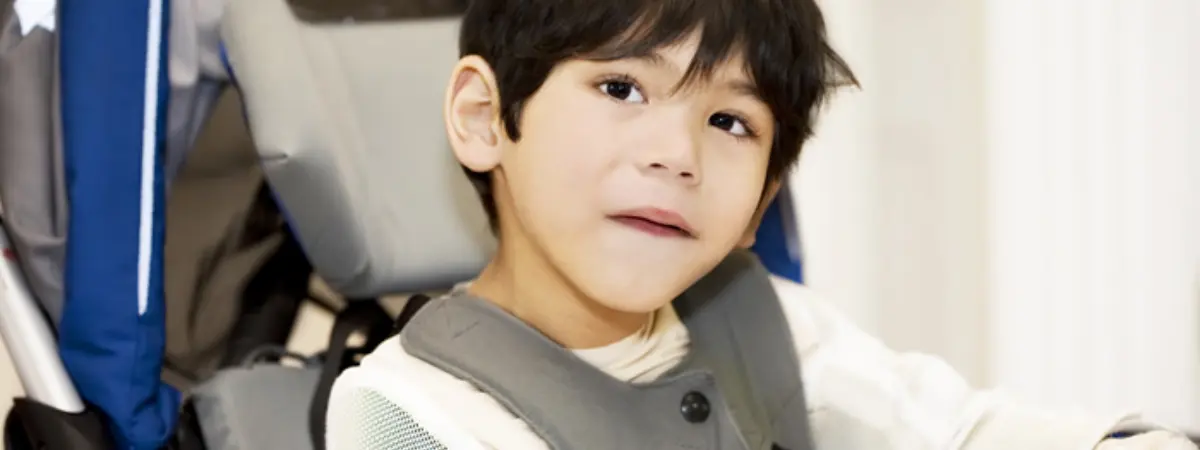Working Time
Book Appointment

Cerebral palsy (CP) is a group of neurological disorders that affect movement and posture, often resulting from damage to the developing brain. While CP primarily impacts motor function, it can also lead to musculoskeletal issues that require specialized orthopedic care. Navigating orthopedic care for children with cerebral palsy can be complex, but with the right approach and understanding, parents and caregivers can ensure the best possible outcomes for their child. In this blog post, we'll explore the challenges faced by children with cerebral palsy, discuss common orthopedic issues associated with the condition, and provide guidance on navigating orthopedic care effectively.
Understanding Cerebral Palsy and Its Impact on Orthopedic Health:
Define cerebral palsy and its various subtypes, emphasizing the neurological basis of the condition and its effects on movement and muscle tone.
Discuss how cerebral palsy can lead to musculoskeletal problems such as muscle contractures, joint deformities, and bone abnormalities, impacting mobility and function.
Highlight the importance of early intervention and multidisciplinary care in managing cerebral palsy, including orthopedic assessments and interventions.
Common Orthopedic Issues in Children with Cerebral Palsy:
Explore prevalent orthopedic concerns in children with cerebral palsy, such as spasticity-related contractures, hip dysplasia, scoliosis, and foot deformities (e.g., equinus and pes planus).
Discuss the impact of these orthopedic issues on a child's mobility, comfort, and overall quality of life, emphasizing the need for proactive management and treatment.
Navigating Orthopedic Care:
Establishing a Multidisciplinary Team:
Emphasize the importance of a collaborative approach involving pediatric orthopedic surgeons, physical therapists, occupational therapists, and other specialists.
Encourage parents to seek out healthcare providers with expertise in treating children with cerebral palsy and orthopedic complications.
Early Intervention and Monitoring:
Stress the significance of early detection and intervention to address orthopedic issues before they progress and adversely affect a child's function.
Advocate for regular orthopedic assessments and monitoring to track changes in musculoskeletal health and adjust treatment plans accordingly.
Individualized Treatment Plans:
Discuss the importance of tailored treatment plans based on a child's unique needs, functional abilities, and goals.
Highlight treatment options such as physical therapy, orthotic devices, botulinum toxin injections, selective dorsal rhizotomy, and orthopedic surgeries (e.g., muscle lengthening, tendon transfers, and corrective osteotomies).
Family Education and Support:
Provide resources and information to help parents and caregivers understand their child's orthopedic needs and treatment options.
Long-Term Follow-Up and Care Coordination:
Stress the importance of ongoing orthopedic monitoring and follow-up care to address changes in a child's condition over time.
Encourage open communication between healthcare providers, parents, and caregivers to ensure continuity of care and address any concerns or challenges that arise.
About the Author:
Dr. Roshan Kumar is a distinguished Pediatric Orthopedic Surgeon based in Secunderabad, recognized for his outstanding proficiency in pediatric orthopedic care. With an extensive background in the field spanning over 21 years, he has solidified his position as apertise in advanced techniques in pediatric orthopedic surgery in the Secunderabad.